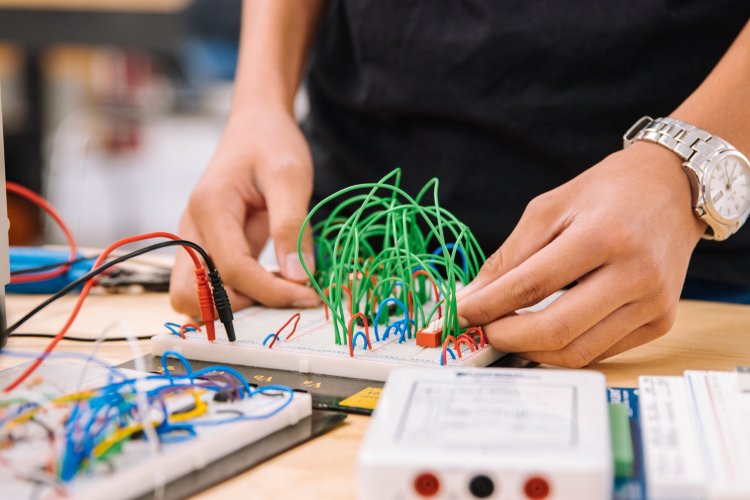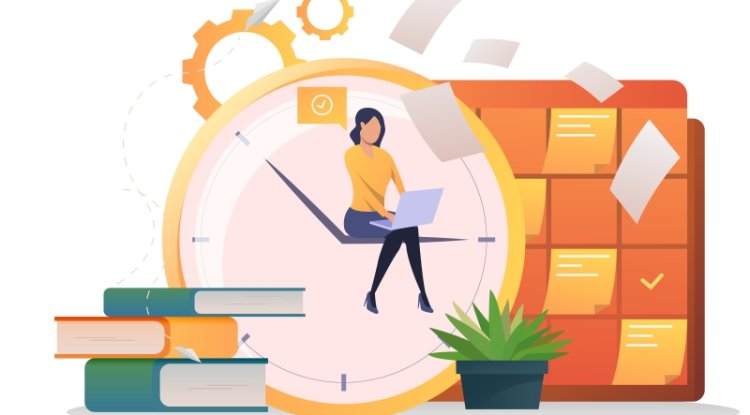Understanding Concepts
What Is STEM Education?
- Feb 2, 2022
- 0
- 2500

When we hear the term STEM, our mind automatically takes us to the green leafy stalks that we see in plants. Don’t be deceived, STEM is actually an abbreviation that stands for the collective study of Science, Technology, Engineering, and Mathematics.
In traditional schools, these four subjects are currently being taught in isolation. However, new reform efforts like the Next Generation Science Standards are now focusing on connecting the STEM disciplines in an integrated manner.
To understand this better, just think about how any scientific research is conducted - it relies on technology, engineering and mathematics to inform its findings. Similarly, engineering relies on findings from science, the application of mathematics and the use of technology. Needless to say, these four disciplines are inextricably connected to each other in many ways. With STEM education, K-12 students are taught in ways that highlight these connections
A STEM curriculum provides students with practical hands-on knowledge that can help them get a broader understanding of the world and pursue a more enriching future. It includes a curated blend of course topics, lab assignments and group work. Unlike traditional education, STEM focuses on developing high-level thinking skills by associating classroom learning with the real-world.
Why is STEM Education Important?
The demand for STEM graduates is likely to rise in the future, which means that students following this approach will have a massive edge over their peers. Almost every profession today uses STEM in some way or another. Surprisingly, even creative and humanities professions need it.
Here are some of the skills and traits that STEM education focuses on -
Technical skillsets
- Problem solving
- Critical analysis
- Research skills
Personality Development
- Decision making
- Communication and presentation
- Leadership skills

Challenges Schools Face
One of the most difficult aspects of implementing STEM education is designing the facilities and syllabus to back it up. Creating lesson plans can be a herculean task for schools, especially since many of them are still set in the old ways of traditional education. Another issue arises in the available budget. Schools require funds to build maker-spaces, do it yourself (DIY) tools, and computer labs, which are all essential components of STEM instruction.
In a nutshell, STEM education can equip students with the necessary growth mindset to adapt and innovate in a fast-paced environment. Although it might be difficult for schools to adapt this approach in the beginning, it comes with a great return on investment. In fact, universities have already started developing a variety of STEM Learning Programmes. If you want to learn more about STEM education, reach out to our team of experts and we can help you out.
Add Comment
Related Blogs

Understanding Concepts
3 Tips For Teachers To Use Backward Design In Lesson Planning
- Nikita Ann...
- Jan 5, 2022
- 0
- 2971

Understanding Concepts
Everything You Need To Know About Flipped Classrooms
- Simmy Moha...
- Dec 15, 2021
- 0
- 2447

Understanding Concepts
4 Easy Ways To Combat Information Overload When You've Missed Out On S...
- Natasha Di...
- May 25, 2022
- 0
- 1809
Popular Blogs

Tips for Educators
3 Tips To Apply Classical Conditioning In Classrooms
- Natasha Di...
- Apr 25, 2022
- 0
- 21491

Understanding Concepts
4 Reasons Why Skill-Based Learning Is Important For Students
- James Coop...
- Mar 14, 2022
- 0
- 10984

For Parents
Everything You Need To Know About STEAM Education As A Parent
- James Coop...
- Mar 1, 2022
- 0
- 10768










